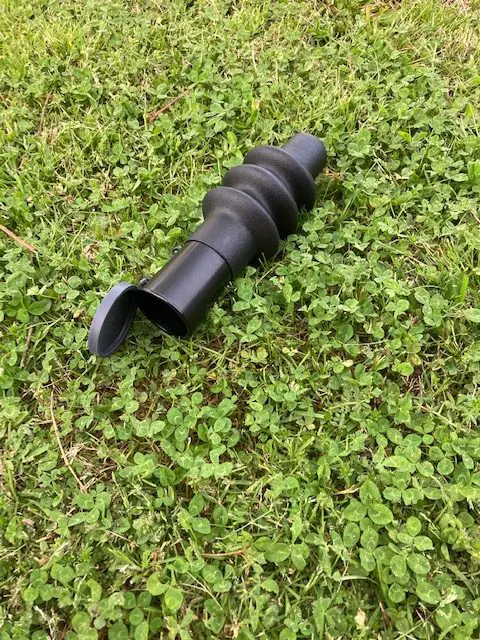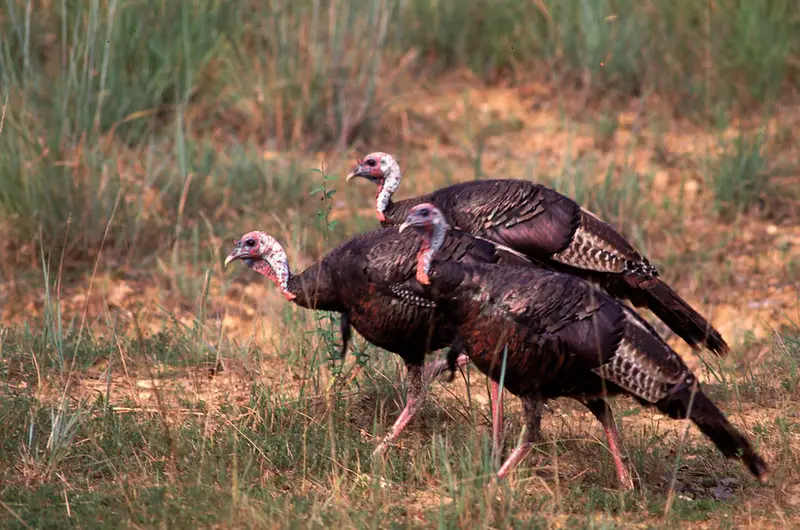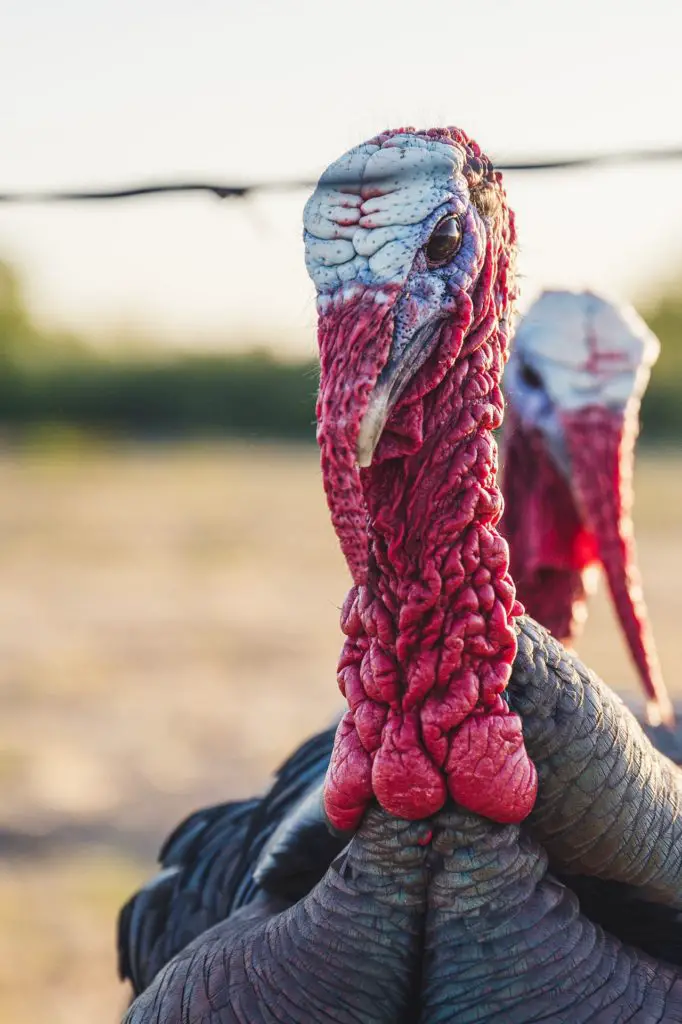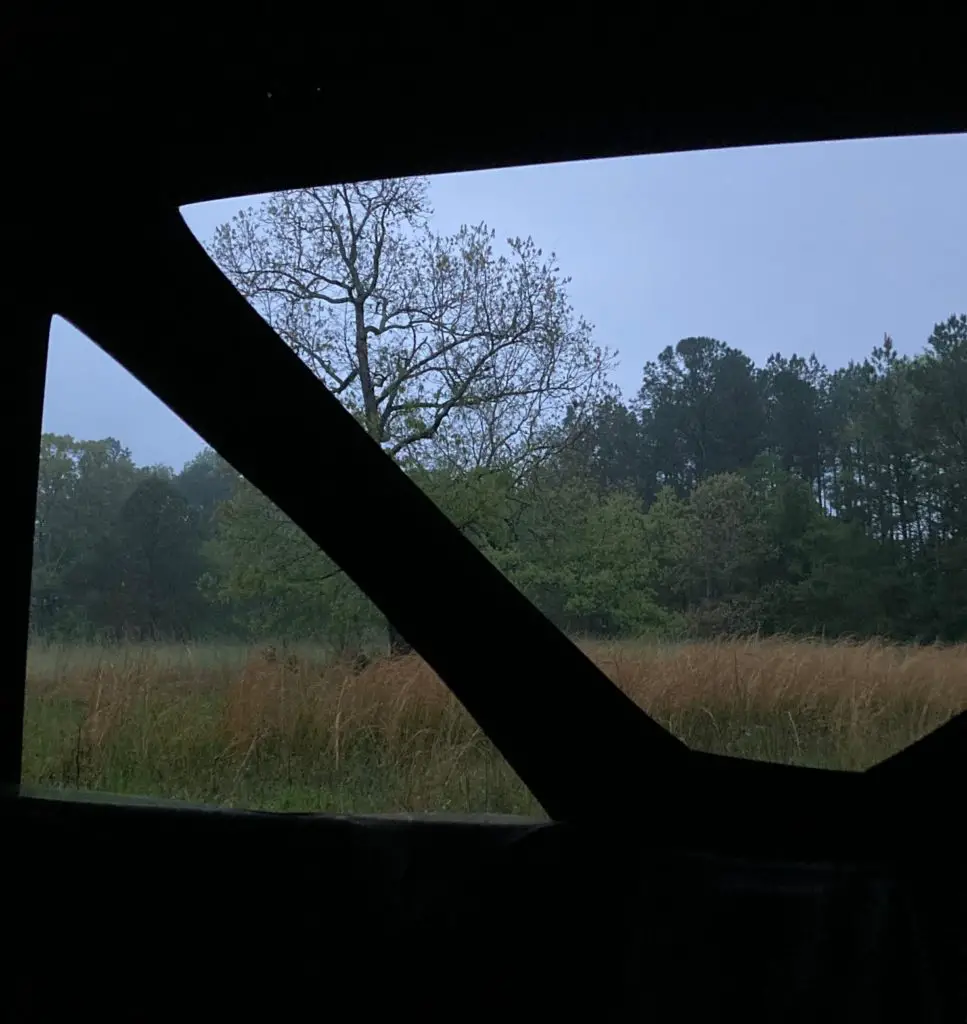
With everybody out there trying to make a buck, it’s hard to tell what is legit and what is a gimmick. Funky Chicken Decoys, Ozonics Scent Eliminator, The Heater Body Suit, turkey gobble call. Do these things actually work?
I’m here to tell you that a turkey gobble call can be a valuable tool. It can help you stand out from the crowd, locate a tom, or bring in that stubborn longbeard who hangs out just out of range.
Let’s get into the situations in which a gobble call can help you out. Then we will discuss which methods work best for producing a gobble call.
When You Should Use a Turkey Gobble Call
Locating a Tom
There are the days when a tom will gobble at anything. You can’t shut him up. Ahhhh…those are the days.
But most days, you’re gonna have to throw the kitchen sink at these longbeards to get them to sound off. Owl hoots, crow calls, aggressive cutting, and yes, gobbles! That’s right, some turkeys just want to hear another gobble before they will gobble.
You may have seen a group of toms together before. One tom will gobble, and the other toms will sound off right after him. That’s what we’re going for when we use the gobble call as a locator call.
Hung Up Toms
I was calling one morning to a rowdy gobbler. He was answering everything I was giving him. I could hear his gobbles getting louder as he closed the distance.
But just before he got into sight, he hung up. I tried everything. I went through every call in my vest. Soft calling, loud calling, scratching the ground, and just generally going silent. He stayed out there gobbling.
Finally, as a last-ditch effort, I pulled out a gobble tube. As I thought to myself, “it was fun while it lasted,” I shook that call. Not the worst sound I’d ever made in the woods.
And that was it. Incredibly, the tom came on in. After retrieving the dead bird, I made sure I went back and grabbed that turkey gobble call from under the tree. I don’t think I would have bagged that fella without it.
Turkey gobble calls work on hung-up birds for a few reasons.
A big reason is that not many hunters use it. Whether it is from fear of calling in other hunters or fear of scaring toms away, most hunters shy away from a gobble call. Use this to your advantage on highly pressured birds. If you don’t sound like the other camo-clad creepers, you’re more likely to draw in a wary tom.
Another reason a gobble call brings them in is its appeal to the tom’s curiosity and his territorial nature. Toms establish a hierarchy amongst themselves early in the breeding season. If a tom hears another tom making a move on a lady in his backyard, he may just come in to check you out. Even if he’s not the dominant tom, he may come in to see what all the hullabaloo is about.
Finally, toms will gobble late in the season to locate each other and join up in bachelor groups. A turkey may not be looking for love that day, but just another bro to chill with. For this reason, you will probably have the most luck using a turkey gobble call in the late season after the hens have gone to the nest (or are even raising chicks in some places).
Another time when toms are vulnerable is a day or two after you kill one tom out of a group. Go back the next day and gobble. The other tom or toms that didn’t get killed may come in to see if it is their old wingman.

Blind Calling
There are those days when you didn’t hear a gobble, but you’re not willing to give up and go home just yet. You set up and get ready to call blindly. Hopefully, some desperate turkey soul will check you out.
In these cases, I will usually start with soft calling and then progress to louder, aggressive calling. If that still doesn’t bring them in, it’s time to break out the turkey gobble call.
Throw out some hen calling and then answer with a gobble. Create a breeding scene in a nearby tom’s mind and he may swing on in. This can work well in conjunction with a hen and jake/tom decoy setup.
Which Turkey Gobble Call You Should Use
Gobble Tubes
There are several companies that make a hand-held turkey gobble call that you shake or pump to create a gobble.
I have “The Gobbler” Turkey Shaker Call by Primos. It sounds surprisingly realistic. You can use shake it to create what Primos deems a “jake” gobble. Or you can pump it with two hands for a mature turkey gobble. I find the shaking method to be the most consistent.
I have never tried the Thunderbird or Challenging Jake by Quaker Boy, but they use a similar design to the Primos call. There is also the Flextone Thunder Shaker and HS Strut Thunder Twister.
The good thing about these types of calls is that they are fairly easy to learn to use and create a gobble-like sound consistently. The bad thing about them is the amount of movement it takes to generate these sounds.
Blow Tubes
There are many veteran hunters that swear by the Haint turkey gobble call by Down-N-Dirty Outdoors. There are some who claim that the Haint is the most realistic gobble a human can make with a call.
At 125 dollars, the Haint will cost you as much as a custom box call. And that’s not the only downside. Many people simply can’t make the Haint play. Playing it is very much like making a feed call with a mallard call. Use the correct backpressure and push air from your diaphragm while vocalizing “tucka tucka.”
The great thing is, unlike the shaker tubes, you don’t have to move a whole lot to gobble with these. Should you master the Haint, you will be able to create a gobble that will raise the blood pressure of the hunters on the other side of the property line.
Box Calls
You can also use your double-sided box call to gobble. Simply run the paddle across both edges, back and forth, as fast as possible. Some calls will sound better than others.
One nice thing about using your box call to gobble is that you don’t have to carry another call specifically for the purpose. You can make your hen and tom sounds with the box. The downside is that not everyone can make a super realistic gobble with any old box call.
Mouth Calls
Like the box call, the mouth call offers you the versatility to make gobbles as well as your hen sounds. Better yet, you can fit it in the palm of your hand. That’s a lot of magic in one little call!
However, there is a downside. Making a competent gobble with a mouth call is not easy for most folks. Practice, practice, practice.
There are several different techniques for gobbling with a mouth call. You can put the call in your mouth the traditional way and try to “tuka tuka” your way through a gobble. This is pretty challenging for most.
Some people have more luck putting the call in front of their teeth. To do this, put the call reed side down between your upper lip and teeth. Let the reed sit along your bottom lip. You may need to use your hands along the edges to help hold it in place. Then use that same out “tuka tuka” to try to gobble.
Voice
Maybe you are really talented. You don’t need a call at all. Check out Preston Pittman’s natural turkey gobble call in the video below. (And sorry, I don’t have any tips for you. I couldn’t do this in my dreams.)
Conclusion
You have a lot of options when it comes to making a turkey gobble call. Try what you already own first before you go out and buy something new. Whatever your skill level, you should be able to make a competent gobble with one of the options discussed above.
When you can’t find a tom or that tom won’t come in, it’s time to give the gobble call a try. You may only use it as a last resort, but don’t be afraid to use it.
Good luck out there.



